20+ Best Old English Traditional Fonts
Transport your designs back in time with our old English traditional fonts. They give a medieval touch to your work, perfect for history-themed projects, certificates, or any design requiring a classic, antique feel.
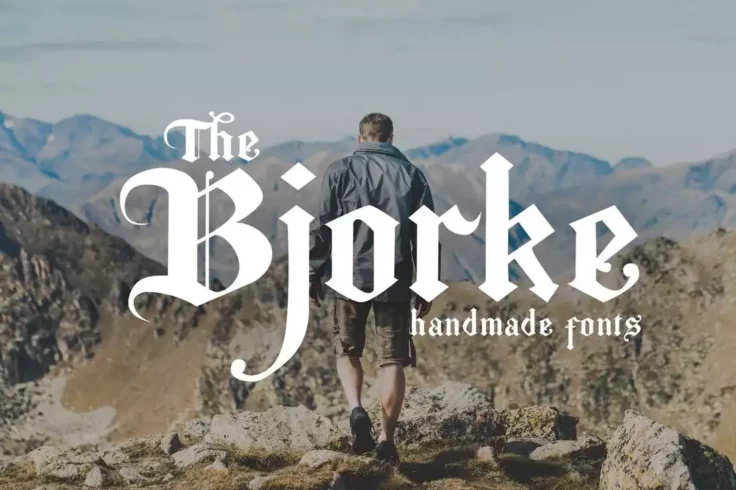
The Bjorke Font
Bjorke is a handmade font with a gothic twist that is sure to make any project stand out. This font features a unique and organic design that gives it...
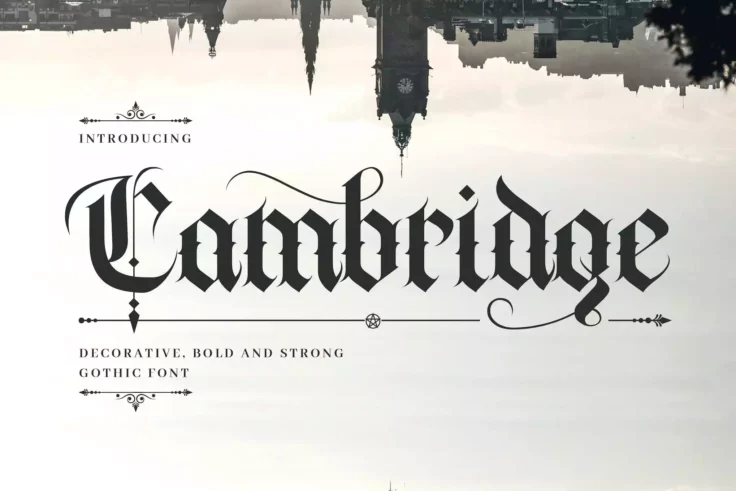
Cambridge Bold Medieval Gothic Font
Cambridge is a hand-lettering decorative font with a medieval gothic feeling. This font is suitable for a wide range of occasions, including books, lo...
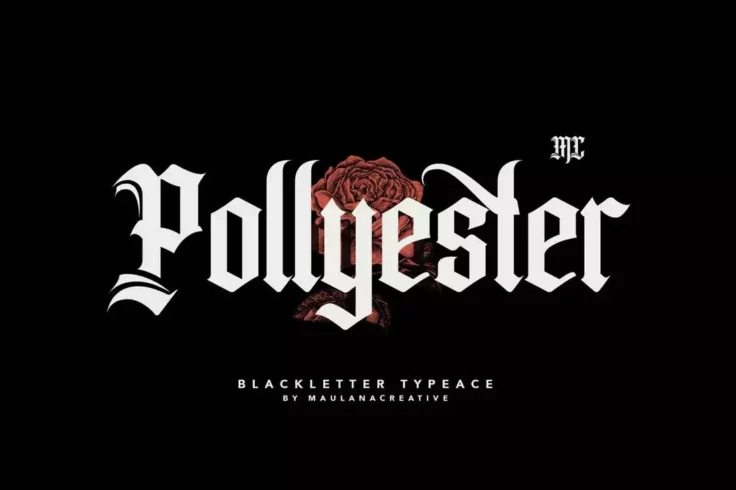
Pollyester Blackletter Old English Font
Pollyester is a stylish blackletter typeface font that combines traditional elements with modern designs. It works well in both digital and print form...

Candelabra Medieval Blackletter Old English Font
Candelabra is a medieval-style old English font that comes with a set of classic letters that will remind you of aged wine bottle labels and classic m...

Old Charlotte Decorative Gothic Medieval Font
Old Charlotte is a bold and decorative gothic font that captures the essence of a bygone era. Designed with horror-themed projects in mind, Old Charlo...
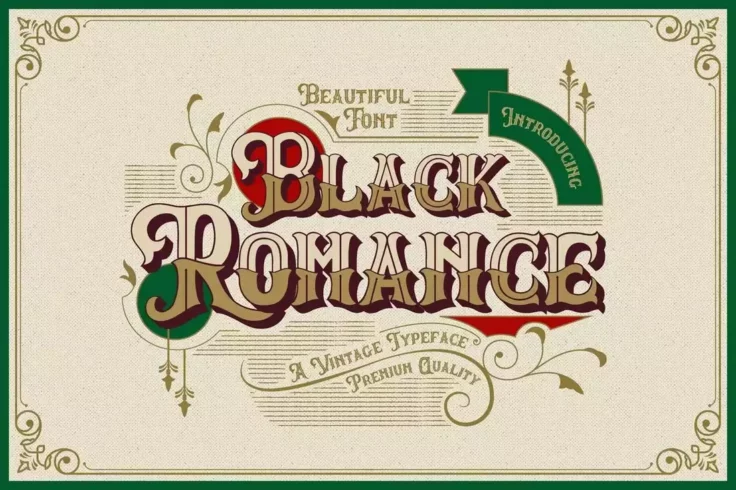
Black Romance Vintage Blackletter Shadow Font
Black Romance is a beautiful vintage blackletter font with creative letters inspired by old English typography. This font is great for label and badge...
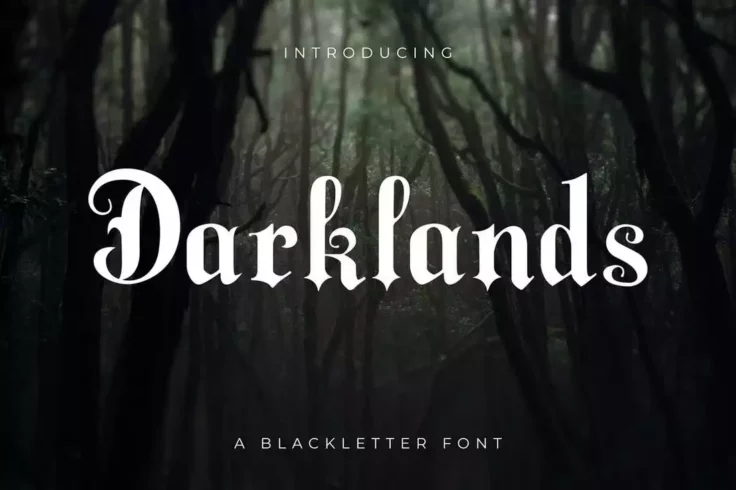
Darklands Blackletter Font
Darklands is an incredibly unique and eye-catching blackletter font that truly stands out from the crowd. With its elegant and modern design, it combi...

Nightingale Vintage Medieval Font
Nightingale is another beautiful medieval font that takes a stylish vintage approach to its letter design. This font has a set of decorative gothic-st...
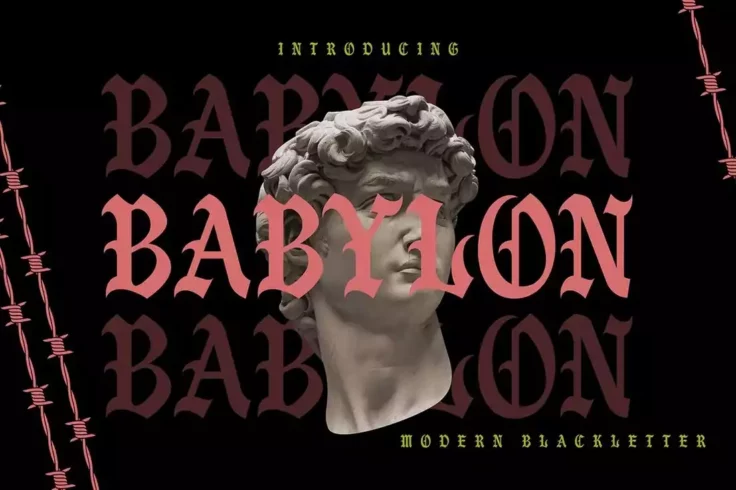
Babylon Modern Blackletter Old English Font
This old English font features an uncommon Blackletter design mixed with modern elements. A unique take on the classic typeface. It’s an all-cap...

Bahud Aroyek Decorative Old English Font
A beautiful old English display font with a Victorian-era letter design. This font has uppercase and lowercase characters with ligatures to help you c...

Megistica Dreams Creative Old English Font
If you’re looking for a font to add a classic and majestic look to your designs, this font is the perfect choice for you. Each letter in this fo...

Rumblekill Font
Rumblekill is a vintage blackletter font that features letters with rounded edges. It’s a creative take on a classic typeface. This font is great fo...

Steffany Wolfeng Blackletter Old English Font
With this font, you can design stylish titles and headings with a mix of old English and classic decorative blackletter elements to give a daring look...

Ambrosia Decorative Blackletter Old English Font
A classic old English font featuring decorative character elements. This font includes uppercase and lowercase letters that you can use to make big bo...

Malegroth Narrow Old English Font
The tall and narrow letter design of this font makes it a great choice for crafting titles for posters and flyers. It will especially fit in perfectly...
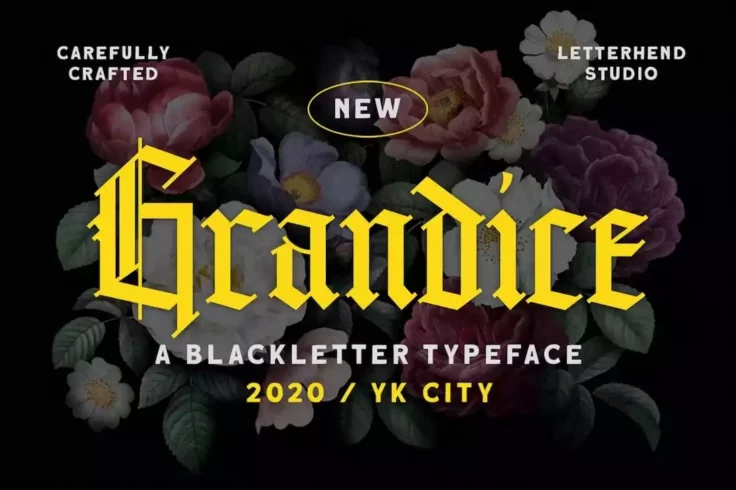
Grandice Blackletter Old English Font
Grandice is a unique gothic blackletter font that comes with a stylish letter design. This font is ideal for crafting logos and brand identities with ...
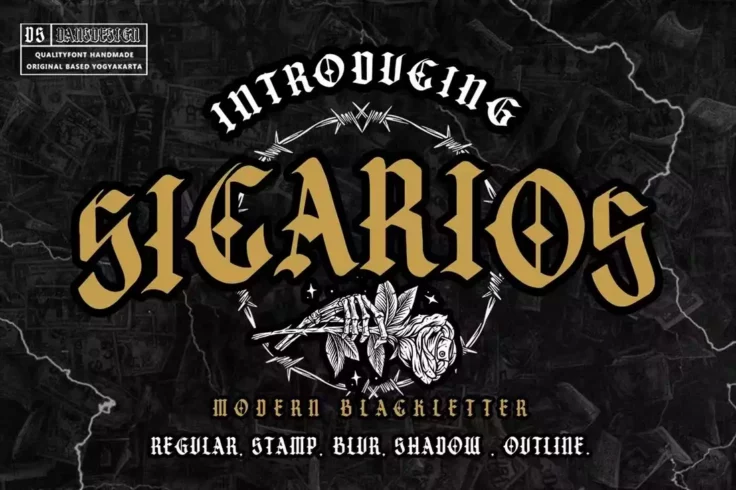
Sicarios Stylish Old English Font
This font will probably remind you of badge designs for biker gangs or metal music bands. The font has a bold and daring design that blends well with ...

Billy Money Victorian Style Old English Font
A unique font featuring Victorian-style old English letters mixed with classic blackletter elements. According to the designers, this font is inspired...

NIGHTMARIE Horror-Themed Old English Font
Just as the name suggests, this font is great for making scary titles and headings for all your horror-themed designs. It features classic old English...

Wilson Wells Old English Font
This font is a great example of an old English font that has the same classic letter design as the typefaces used back in the old days. It’s per...

Poison Freak Gothic Style Old English Font
As you can see in the preview image, this font looks incredible for crafting label designs for drinks and beer. It’s also great for badge design...
FAQs About Old English Traditional Fonts
What is meant by 'Old English Traditional Font'?
The term 'Old English Traditional Font' refers to a category of typefaces that mimic the handwriting used in ancient English manuscripts and inscriptions. The design of these fonts is typically characterized by its intricate, calligraphic style, as well as its elaborate and ornate serifs. These fonts are predominantly used to evoke a historic or medieval ambiance.
What may add confusion is that these fonts have evolved drastically over different periods. For example, the Old English of the 11th century has a very different typographic style to the Old English used in the 18th century. Therefore, the term 'Old English Traditional Font' is used to describe a broad range of related styles, rather than pinpointing a single specific design.
How are Old English Traditional Fonts utilized in modern designs?
Old English Traditional Fonts are frequently used to infuse a distinctive vintage or classical feel into design projects like logos, posters, signage, book covers, titles, and labels. They're also popular in industries dealing with antiques, luxury goods, law firms, and more. It's interesting to note, however, that its ornamental detailing can sometimes pose legibility issues if not properly applied.
Moreover, these fonts are increasingly being adopted for digital use, particularly in the realm of social media. Their unique aesthetic can make a post stand out, making them a particular favorite among Instagram influencers and YouTube channels seeking a more personal or artistic touch.
What's the significance of Old English Traditional Fonts in historical and cultural contexts?
Old English Traditional Fonts are very much tied to history and culture. The style of these fonts is believed to have originated from the calligraphic handwriting styles used in the Middle Ages by monks who were transcribing religious texts. Therefore, these fonts encapsulate a snapshot of history, right down to the very detail of each letter.
These fonts are not just limited to English culture. Old English Traditional Fonts incorporate influences from other cultures of the period, such as Celtic and Norse. As such, these fonts have become symbolic of the rich history and cultural influences of that time period.
What should be kept in mind while using Old English Traditional Fonts?
Designers should keep in mind that while Old English Traditional Fonts can add a unique touch to their work, these fonts are also known for their complexity and can sometimes be hard to read, especially for those unfamiliar with their intricate design. Therefore, they are best used sparingly, such as in headers or short phrases, rather than in longer blocks of text.
Also, the context and audience for which the design is intended can greatly influence the effective use of Old English Traditional Fonts. Aligning the font with the overall style and aesthetic of the design is key. A mismatch between the font and the rest of the design can lead to confusion or even alienation of the audience.
Can Old English Traditional Fonts be manipulated for a more contemporary look?
Yes, just because Old English Traditional Fonts are derived from antiquated handwriting styles doesn't mean that they can't be adapted for more modern looks. Some designers creatively manipulate these fonts, tweaking their serifs, strokes, and lines to fit a more contemporary aesthetic. This can result in an intriguing blend of small traditional details within a more modern context.
However, such manipulations should be carried out carefully to avoid diluting the original charm and historical significance of these fonts. Keeping a balance between maintaining the original traits and adding new modern elements is key to successfully adapting these fonts for contemporary designs.